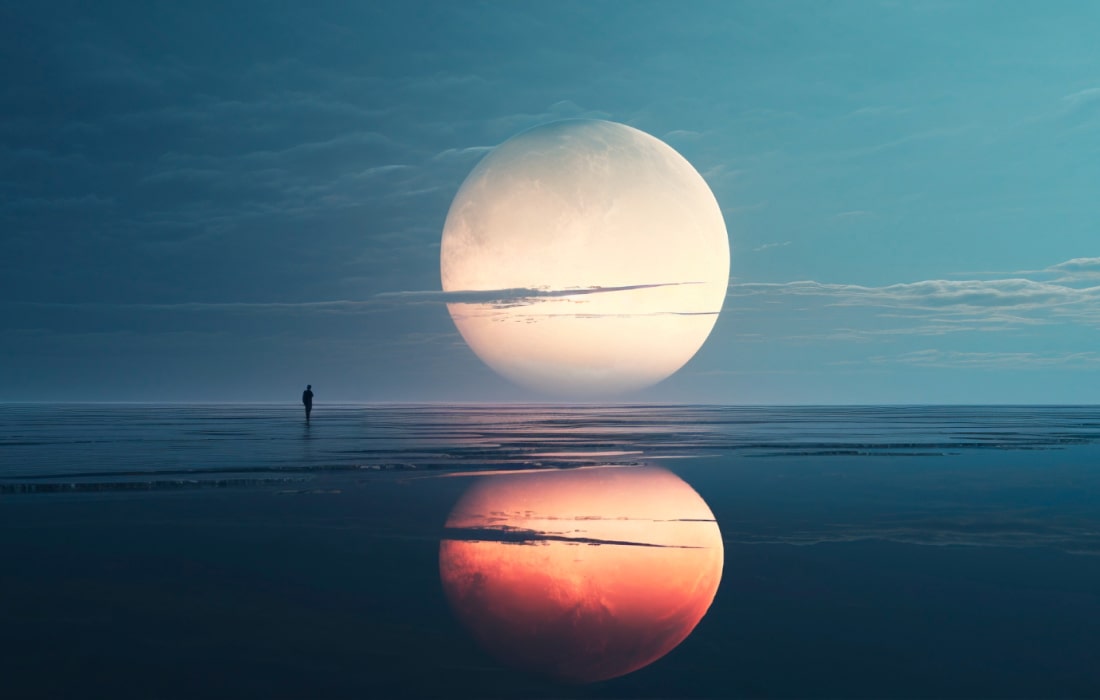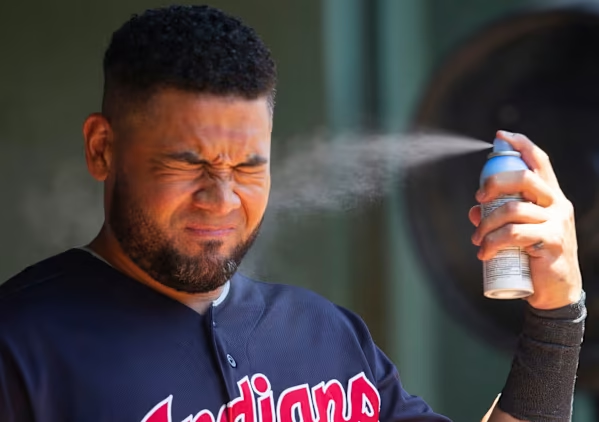Summer sunshine feels good, but it also brings plenty of confusion about how to stay safe outdoors. From how SPF really works to whether beach umbrellas actually protect you, myths about sunscreen are everywhere. Some come from influencers pushing “natural alternatives,” while others have just become common wisdom over time.
So what’s fact and what’s fiction? Here’s what scientists and dermatologists say you really need to know.
1. SPF 50 doesn’t mean you can stay out 50 times longer
The number on a sunscreen bottle doesn’t measure how long you can stay in the sun. Instead, it shows how much UV radiation gets through to your skin. SPF 25 blocks about 96% of sunburn-causing rays, while SPF 50 blocks about 98%. That’s tested in labs with heavy applications, much thicker than most people use in real life.
For the best protection, experts say to reapply every two hours, after swimming or sweating, and look for sunscreens labeled “broad spectrum.” In the UK, the UVA star rating (five stars is best) helps show protection against deeper-penetrating UVA rays.
2. UVA and UVB both raise skin cancer risk
UVB rays cause sunburn, but UVA rays also damage skin and play a role in cancer and aging. That’s why dermatologists recommend broad-spectrum sunscreen. “Both contribute to tanning, aging and skin damage,” says London dermatologist Mary Sommerlad.
3. You can still burn on cloudy days
Clouds don’t always block UV rays. Thick clouds can cut UV by nearly 99%, but thin or patchy clouds may let most radiation through or even intensify it in some spots.
4. Shade isn’t foolproof protection
A beach umbrella alone only gives you about SPF 5 protection, because UV still reaches you from the open sky. Verandas, grandstands and some trees don’t block much either. Dense-canopy trees can help, but even then UV reflects off water, sand, glass and concrete.
5. Sunscreen isn’t always needed year-round
If the UV index is below 2, the World Health Organization says the risk of damage is minimal. In the UK, that’s most of October to March unless you’re skiing or around snow, which can boost UV exposure by more than 60%. Context matters, so keep an eye on the UV index if you’re outside.
6. Mineral sunscreens don’t need to leave a white cast
Zinc oxide and titanium dioxide work mainly by absorbing UV radiation, not just reflecting it. The white tint isn’t proof of effectiveness it’s just a side effect.
7. Sunscreen won’t make you vitamin D deficient
Even with sunscreen, most people don’t apply enough or reapply often enough to block all UVB. It usually takes just a few minutes of sun for the body to make enough vitamin D. After that, extra sun exposure only increases DNA damage not vitamin D levels.
8. Sunscreen works immediately it doesn’t “activate” after 20 minutes
Studies show sunscreen is effective right away. The 15–20 minute guideline is really about letting the lotion settle into a film on your skin so it doesn’t rub off as easily.
9. Darker skin still needs sun protection
Melanin does offer some natural defense, but people with darker skin can still burn, develop hyperpigmentation, and get skin cancer. Dermatologists say everyone benefits from sunscreen.
10. Sunscreen is not causing higher skin cancer rates
Cases of melanoma are rising, but experts say that’s mostly due to aging populations, past decades of tanning, and higher sun exposure. Studies show UV radiation is behind the vast majority of skin cancers.
One caveat: sunscreen can give a false sense of security. “When people put on sunscreen, they think they’re invincible and end up staying in the sun longer,” says Brian Diffey, professor emeritus at Newcastle University. But the sunscreen itself isn’t the problem.
Bottom line: Sunscreen is safe, effective, and one of the best defenses against premature aging and skin cancer as long as you use it correctly.






